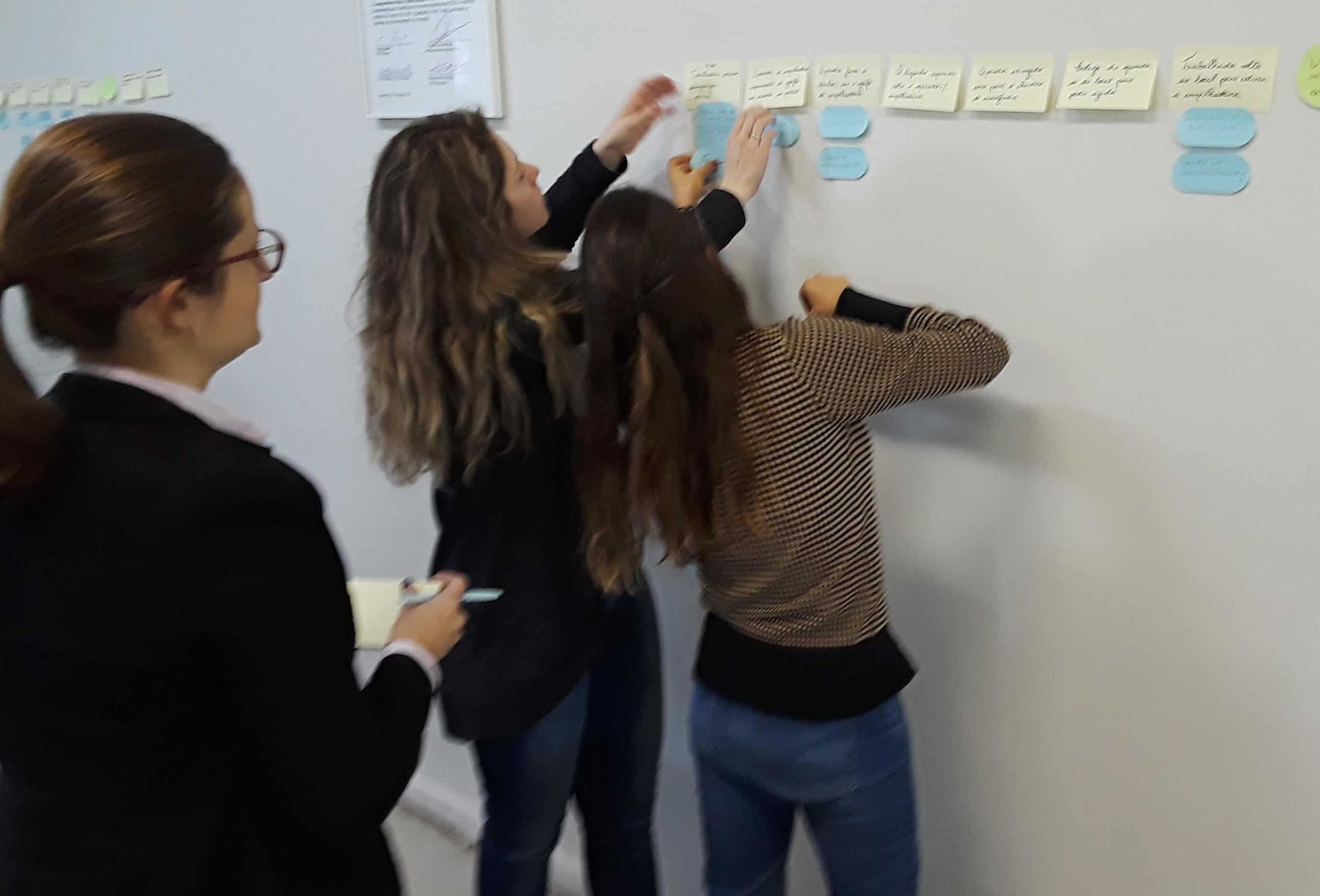Improvement Program Best Practices Track

The Improvement Program Best Practices Track at the 2025 Global TapRooT® Summit is your opportunity to enhance your knowledge and benchmark on the keys to having a successful Improvement Program. The best practices for running a successful improvement program include:
1. Clear Objectives and Goals
2. Data-Driven Decision Making
3. Stakeholders’ Engagement and Culture
4. Employee Involvement and Empowerment
5. Using a Proven Methodology
6. Continuous Improvement
These themes collectively address the technical, cultural, and leadership aspects necessary for creating high-performing organizations. Led by actual users and industry experts, these topics and more are covered in the Improvement Program Best Practice Sessions.
- Clear Objectives and Goals – Mark Paradies will share his observations from 35 years of building improvement programs and what the pitfalls may be.
- Data Driven Decision Making – What is your most valuable predictor? Kevin McManus will explain how to utilize your MVPs for prediction and decision-making
- Stakeholders Engagement and Culture – Cody Reason will detail how his program went from claiming “wrong people for the job” 95% of the time to a culture of problem-solving and continuous improvement through leadership commitment.
- Employee Involvement and Empowerment – We always focus on what went wrong, but recognizing what went right empowers employees and promotes them to take ownership. Jake Locklear will detail how his company utilizes TapRooT® and Lean principles to identify and replicate what went right in their processes.
- Using a Proven Methodology – Vincent Vincek will explain how building your improvement program from TapRooT® Root Cause Analysis will promote growth through cross-functional collaboration and open communication
- Continuous Improvement – Hear the requirements for successful lessons learned programs and how to build that platform in the software for communication and learnings from Dan Verlinde
Want more from the Improvement Program Track? Take the opportunity to interactively network and benchmark with other attendees in our Million Dollar Mastermind session so you can take back best practices from all of the TapRooT® Summit Tracks.
Save the Date!
Save the date for the Global TapRooT® Summit, October 1 – 3, 2025 (with exclusive PreSummit Courses September 29-30, 2025). The Summit offers a unique opportunity to learn from industry experts, network with peers, and acquire practical tools to drive performance improvement within organizations.




Has anyone ever mapped going from reactive to totally proactive safety culture?
I am thinking 1st step with target dates, action items and the personnel to assign it to.
What is the plan over several years and each stage defined in a written format for presentation to top leadership .
Interesting idea.
I tyhink you start by becoming good at reactive investigations and reducing their number by advanced root cause analysis and effective corrective actions. You can apply the same techniques proactively with audits and assessments targeted at areas with the greatest risk.
As the number of incidents decline, your improvement efforts naturally become more proactive.
Also, as your targeted improvement efforts bear fruit, you should be able to eliminate serious incidents and you should be left with precursor incidents as your reactive investigations and audits and assessments to target residual risk and to fight normalization of deviation.
Unfortunately, when serious incidents disappear, management is often tempted to cut resources for both reactive investigations of precursor incidents and audits and assessments. This can lead to a return of risk via normalization of deviation.